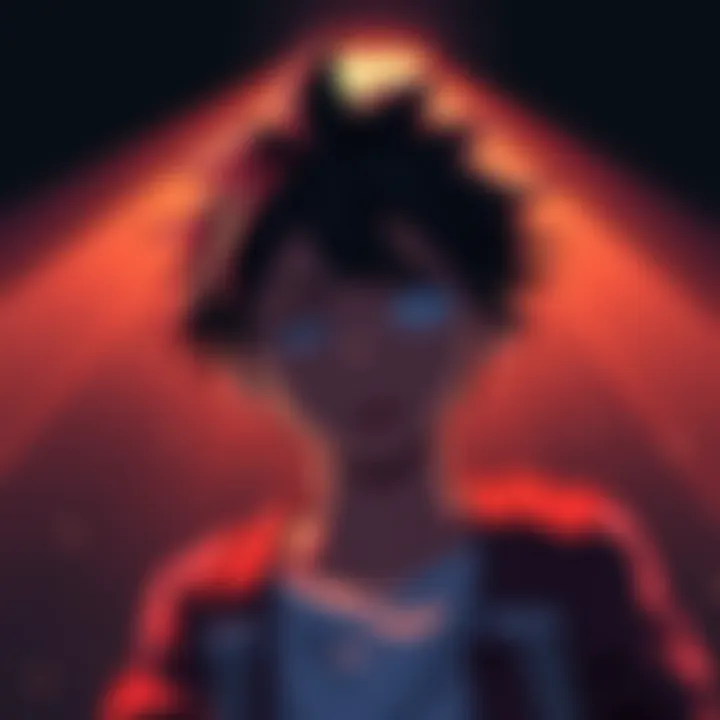Was Horikoshi Burned Out? | Health Concerns Surrounding MHA Finale
Edited By
Mark Thompson

Could fatigue and health complications have influenced Kohei Horikoshi's decision to conclude the hit series My Hero Academia? Fans speculate on the impact of the demanding manga industry on the creator's well-being.
The My Hero Academia fandom is buzzing with questions about Horikoshi's health during the final arcs of the series. Many commenters noted a lack of energy and shorter arcs as signs of his struggles.
Health Issues Spark Fan Concerns
Reports from several sources suggest that Horikoshi's health was deteriorating throughout the last chapters. One commenter stated, “His health was deteriorating during the final arcs,” indicating the tough toll the industry takes on its creators.
A Common Strain for Manga Artists
Horikoshi's experience isn't unique. The manga industry is notorious for its punishing schedules. “The manga industry puts insane deadlines on its creators,” one fan remarked, emphasizing the common reality faced by many artists. Notably, Gege Akutami of Jujutsu Kaisen faced similar struggles, showcasing a widespread issue.
"Thank God Horikoshi can rest now and get his health in order now that the series is over."
This sentiment was echoed by multiple fans, highlighting the relief surrounding his potential recovery.
The Dark Deku Arc and Its Rapid Closure
The quick pace of the Dark Deku arc raised eyebrows, with many suggesting it was influenced by Horikoshi’s struggles. One user noted that the arc felt "like it B-lined straight to the finale, with no breather moments like the two other Acts." This indicates a rushed narrative likely due to external pressures.
Compounding Factors
Comments highlighted several contributing factors to Horikoshi's exhaustion:
Health complications: Lingering shoulder issues were mentioned, indicating physical stress.
Editor switch: Changes in editorial leadership can disrupt workflow.
Fan pressure: Constant feedback from fans has been described by some as overwhelming. "Yes, he is tired, and his health is deteriorating during those times," noted a fan, speaking to the emotional toll.
Key Takeaways
🔴 Horikoshi's health reportedly worsened, potentially impacting the series' finale.
📉 Industry pressures contribute to significant burnout among manga artists.
🔵 The rapid conclusion of the Dark Deku arc may signal Horikoshi's overwhelming workload.
The culmination of these pressures paints a worrying picture of the manga industry's demands. As fans await what’s next for Horikoshi, many hope he takes necessary time for recovery.
What Lies Ahead for Horikoshi and Fans?
There's a strong chance that Kohei Horikoshi will take some much-needed time off to recuperate from his heavy workload. Experts estimate around a 70% likelihood that he may explore new creative pursuits or projects that allow him to ease back into storytelling without the intense pressure associated with weekly deadlines. Additionally, with the exit of My Hero Academia, the fandom may shift focus to related merchandise and community events, possibly creating new opportunities for engagement that revolve around Horikoshi’s legacy rather than immediate contributions. With the recent success of this series, there's also a likelihood of future adaptations, especially in spin-off manga or anime that could emerge from smaller creative teams, allowing Horikoshi to partially stay involved at a manageable pace.
A Resonant Echo from the Past
In the realm of arts, the situation echoes the story of Beethoven, who faced tremendous physical struggles later in life, influencing his final compositions. Just as Beethoven pivoted from the feverish volume of his earlier symphonies to create profound pieces like his late piano sonatas, Horikoshi might find a new rhythm in his recovery time. Both creators not only battled personal challenges but also transformed those hardships into artistry that resonates deeply with their audiences. Such parallels remind us that sometimes, a forced pause can lead to exceptional and unexpected growth.
